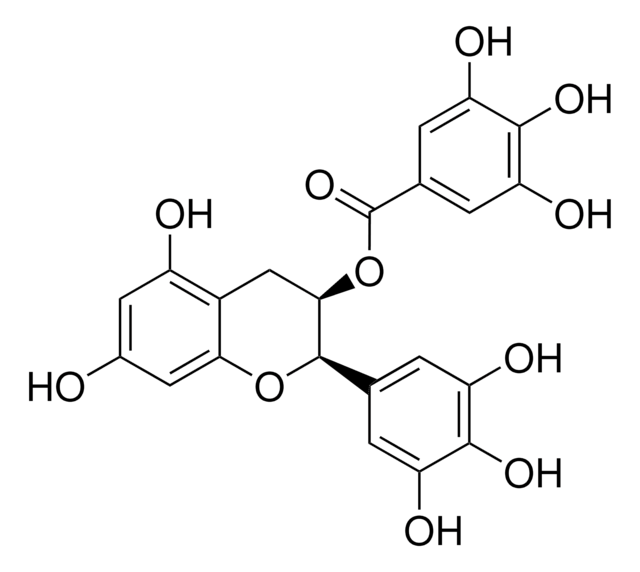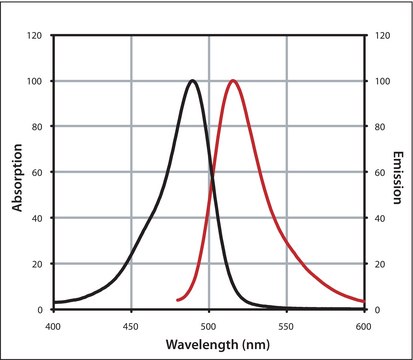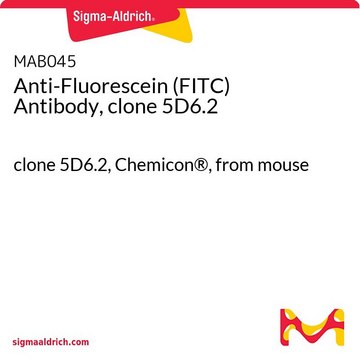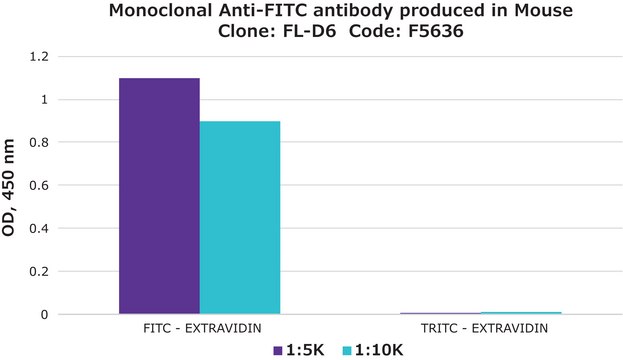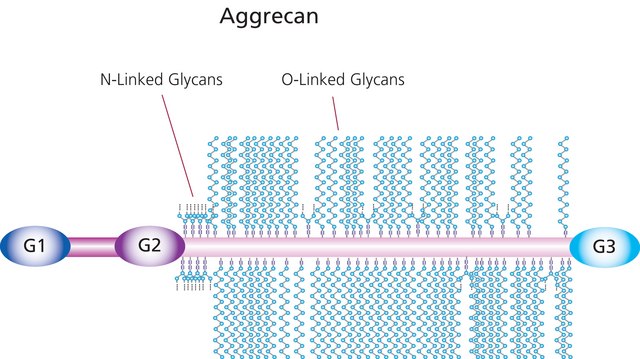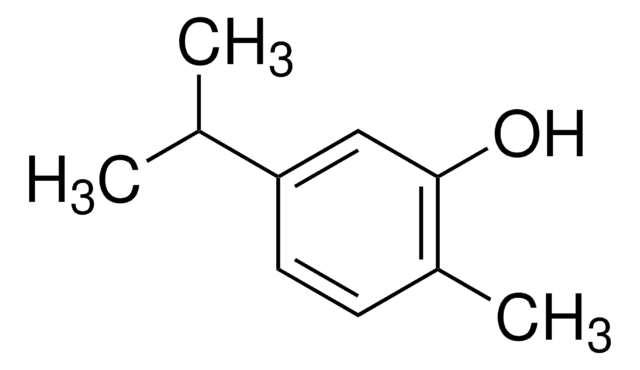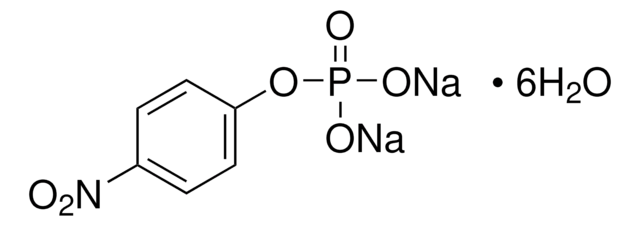A1812
Monoclonal Anti-FITC−Alkaline Phosphatase antibody produced in mouse
clone FL-D6, purified immunoglobulin, buffered aqueous solution
Synonym(s):
Monoclonal Anti-FITC
About This Item
Recommended Products
biological source
mouse
Quality Level
recombinant
expressed in mouse cell line
conjugate
alkaline phosphatase conjugate
antibody form
purified immunoglobulin
antibody product type
primary antibodies
clone
FL-D6, monoclonal
form
buffered aqueous solution
technique(s)
dot blot: 1:80,000 using human IgG/FITC monoclonal anti-human IgG
immunohistochemistry (formalin-fixed, paraffin-embedded sections): 1:20 using FITC conjugate
indirect ELISA: 1:30,000
isotype
IgG1
shipped in
wet ice
storage temp.
2-8°C
target post-translational modification
unmodified
Looking for similar products? Visit Product Comparison Guide
Related Categories
General description
Specificity
Immunogen
Application
Immunohistochemistry (1 paper)
Physical form
Disclaimer
Not finding the right product?
Try our Product Selector Tool.
Storage Class Code
10 - Combustible liquids
WGK
WGK 3
Flash Point(F)
Not applicable
Flash Point(C)
Not applicable
Personal Protective Equipment
Regulatory Information
Choose from one of the most recent versions:
Already Own This Product?
Find documentation for the products that you have recently purchased in the Document Library.
Our team of scientists has experience in all areas of research including Life Science, Material Science, Chemical Synthesis, Chromatography, Analytical and many others.
Contact Technical Service